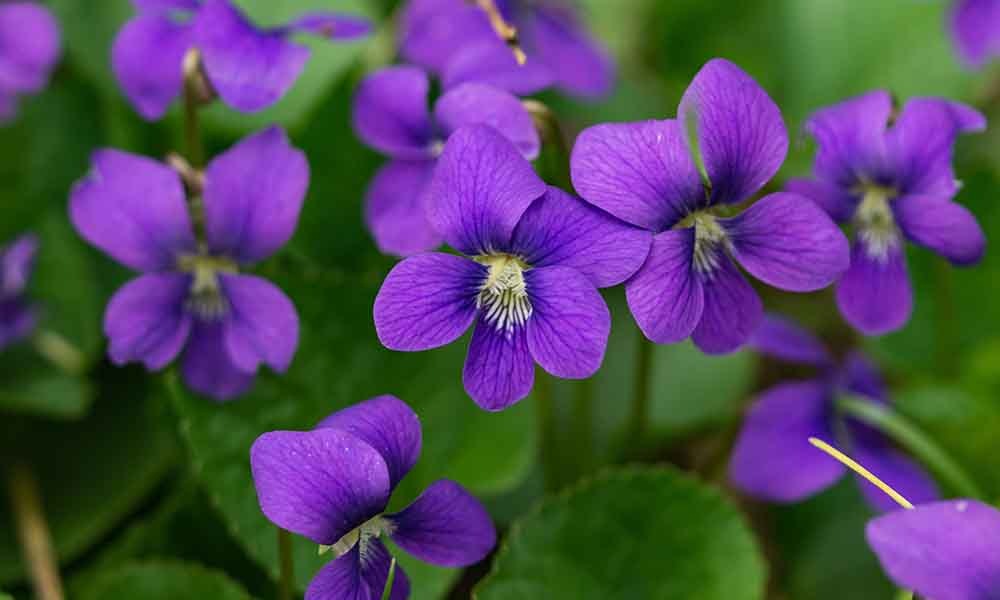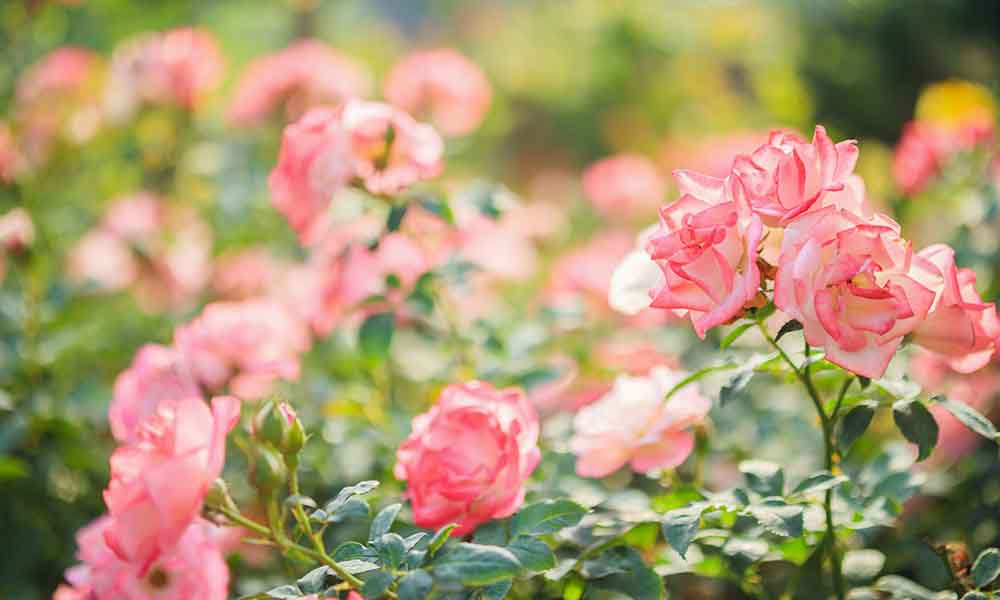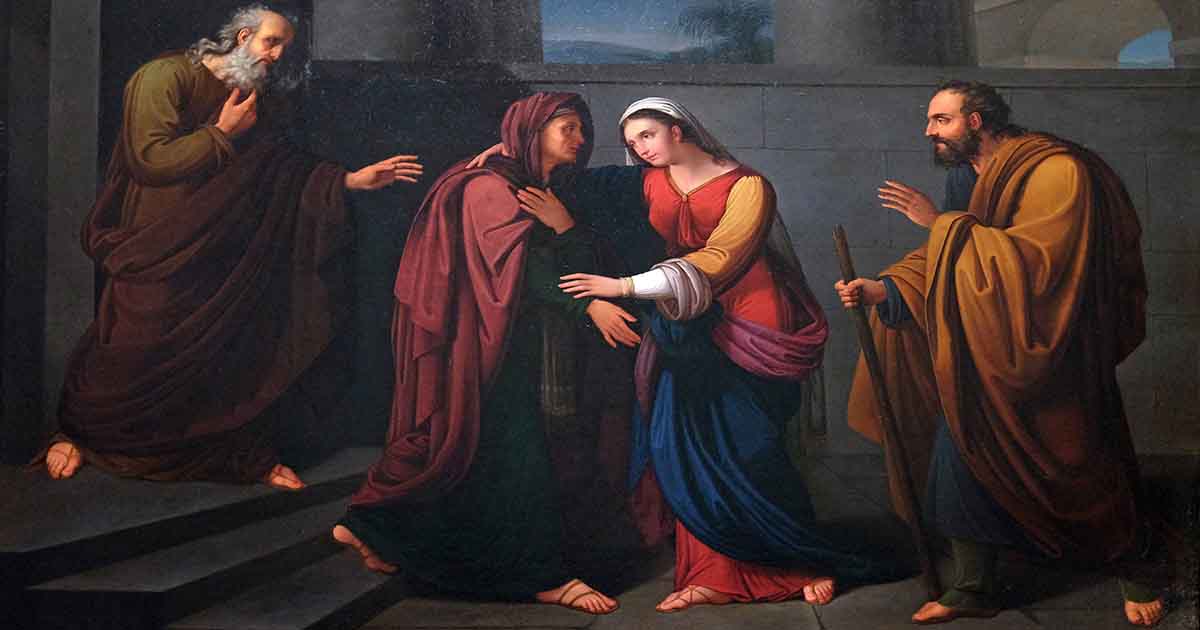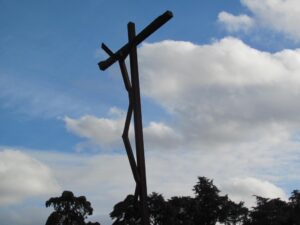Friar Solanus Mary takes us on a short stroll through Mary’s Garden.
Creation
It’s a very Franciscan thing to look around at creation; to see the wondrous beauty of it all. It reminds us of the Creator Himself.
Take, for instance, a garden in bloom during the glorious summer months into which we have now entered, with all the creatures buzzing and flying about. Isn’t it interesting to see how our ancestors gave recognition to this part of God’s creation – in the names they gave it, in the manner they depicted it in art. Many of the names given reflect our ancestors’ great devotion to God’s greatest masterpiece of creation: the Blessed Virgin Mary.
In this piece let’s take a short stroll through Mary’s Garden, looking at some of the flora and fauna named in her honour.
Flora
As early as the 5th century, St. Jerome, one of the Fathers of the Church, said of the Blessed Virgin Mary:
"Mary is a garden of delights in which all kinds of flowers and spice plants remind us of the virtues."
Hugh of St. Victor, a scholar who lived during the 12th century, went into more detail. He said of Our Lady:
"You are the flower for your beauty; The honeycomb for your sweetness. The violet for your humility, The rose for your charity or compassion, The lily for your sweetness."
Hugh’s words are echoed by one of his contemporaries, St. Bernard of Clairvaux, the great Cistertian monk and Doctor of the Church. In case you didn’t already know, St. Bernard wrote a great deal on the Blessed Virgin Mary.
Let’s look at some individual flowers, bearing in mind the thought of St. Bernard:
1. Violet

The violet is a flower that reminds us of Our Lady’s Humility. Perhaps the reason for this is that the little violet tends to bloom in the more secluded parts of our gardens.
One of Our Lady’s titles in the Litany of Loreto is Virgin Most Humble. When we read the Gospel passage on the Annunciation in Nazareth we see how the humility of Our Lady shines forth in her replies to the Archangel Gabriel.
2. Rose

The rose is a flower that reminds us of Our Lady’s Charity. Why is this? Well, we’re not certain. Perhaps it’s because roses are often given as a gift or a present to a loved one.
Another title of Our Lady in the Litany of Loreto is Queen of Charity. Early in St. Luke’s Gospel we see the example of Our Lady’s charity as she travels with “haste” to her cousin, Elizabeth, in her hour of need.
And, of course, one of the most popular devotions is the Holy Rosary. As we pray each ‘Hail Mary’, we give Our Lady the beautiful gift of a rose.
3. Lily
The lily (or Lily of the Valley) reminds us of Our Lady’s Purity. She is the Immaculate Conception, without spot or wrinkle – pure and white: just as the colour of the lily is a pure, white colour.
Incidentally, the Fleur-de-lis – or ‘lily flower’ – was once incorporated into the heraldry of the French Kings. For centuries France has been known as the ‘eldest daughter of the Church’. This French symbol is also used in France when portraying saints, especially the Blessed Virgin Mary.

Other Flowers
There are several other flowers that take their name from Our Lady. Take the marigold, for instance- that lovely bright orange flower. ‘Marigold’ is an old Saxon word that literally means ‘Mary’s Gold’.
Other flowers abound with the name ‘Mary’ or ‘Lady’ in them. For the purposes of this short piece, I will look at my own country, Ireland, and take a selection of examples. For instance, Lady’s Mantle (Bratog Muire, in the Irish), Lady’s Fingers (Mearachain Muire, in the Irish). It helps to remember that in the Irish language there are two names for the proper name ‘Mary’ – ‘Maire’ for a girl, and ‘Muire’ for the Blessed Virgin Mary. Thus, other flowers with ‘Muire’ in their Irish name – such as Fineul Muire (Hedge Mustard), Coinneal Muire (Mullein) and Mionan Muire (White Saxifrage) – are most certainly named in honour of the Mother of God.
– friar Solanus Mary OFM Conv.
Check back in tomorrow for the world of fauna –



